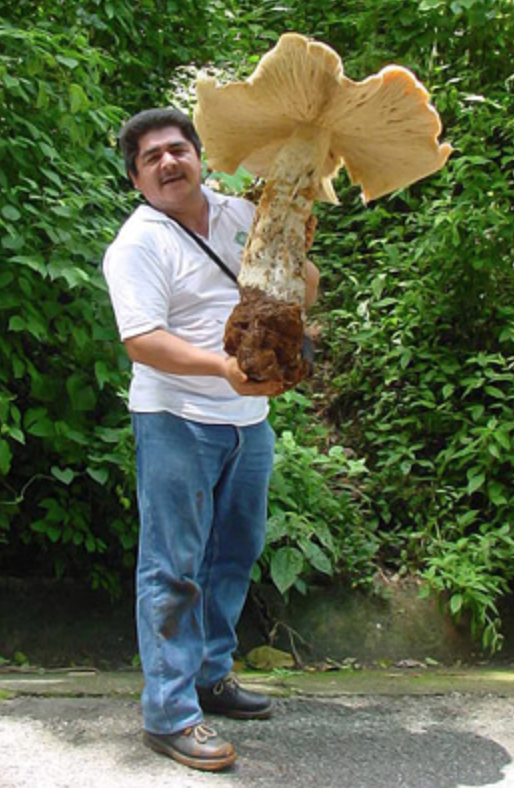~~~~~~~~~~~~~~~~~~~~~~~~~~~~~~~~~~~~~~~~~~~~~~
Read moreSpecialized bacteria in leafcutter ant-fungal mutualism
Bacteria growing in cuticular crypts, supported by unique exocrine glands. Currie et al. 2006.
Your Custom Text Here


Bacteria growing in cuticular crypts, supported by unique exocrine glands. Currie et al. 2006.
~~~~~~~~~~~~~~~~~~~~~~~~~~~~~~~~~~~~~~~~~~~~~~
Read more
The parasitized greater wax moth (Galleria mellonella). The production of dark melanized tissue is its initial anti-fungal response. Vilcinskas 2019.
By detecting fungal exudates which indicate a fungal infection, insects can discharge a defensive chemical response. Insect lineages with these traits have a much better chance of surviving and spreading their genes to the next generation. However, it is not that simple. Parasitic fungi too adapt over time and this evolutionary arms race ensues.
Read more
Fungal-beetle mutualisms go way back, but just because these interactions are ancient, doesn’t mean humans know what these interactions actually behold. A new publication reveals that the species of fungus (Leptographium abietinum) provides its beetle counterpart with not just one, but three fitness-enhancing benefits.
Read more
Laboulbenia species growing from the hard outer wing surface known as the elytra.
So often, I find fungi to write about that have a large ecological impact. Organisms that interact with ecosystems in stunningly detrimental ways or overwhelmingly positive ways entice readers to visit this website, and are generally easy to write about. However, it would be a disservice to you if I didn’t mention the commensals; the species that skate by without having truly negative or positive impacts. I just recently learned of a group of Ascomycete fungi called the laboulbeniomycetes that do just that.
Read more
Macrocybe titans
Copyright © 2007 El Colegio de la Frontera Sur (Ecosur)
~~~~~~~~~~~~~~~~~~~~~~~~~~~~~~~~~~~~~~~~~~~~~~~
Read more1300 Elmwood Ave, Buffalo, NY 14222